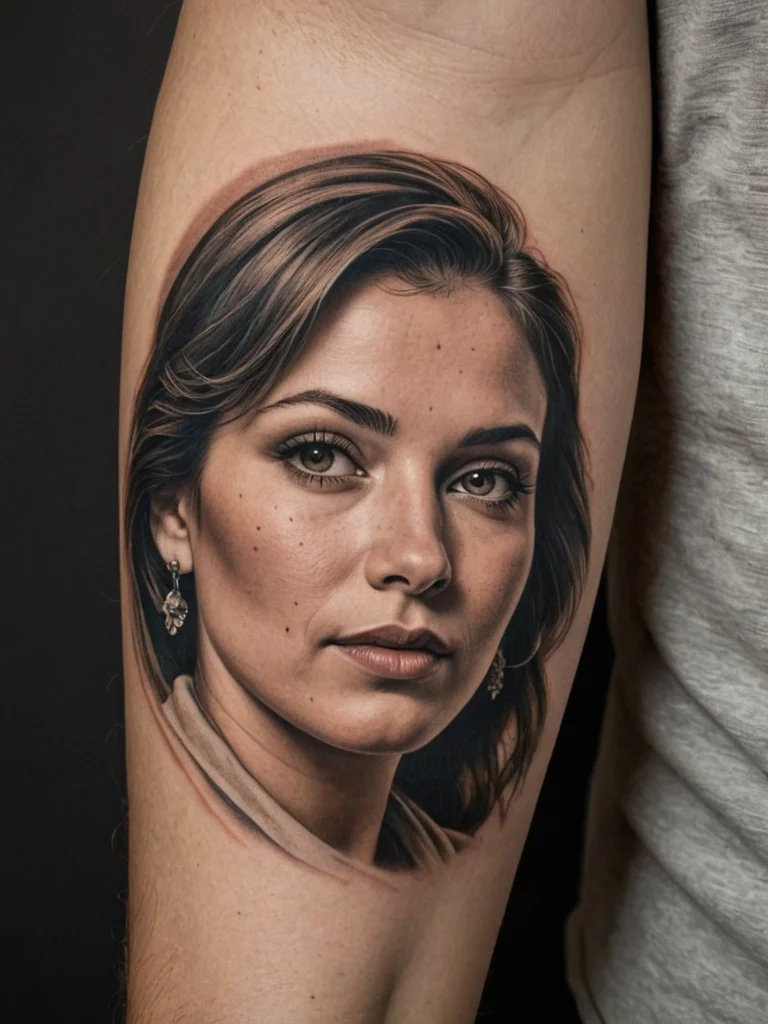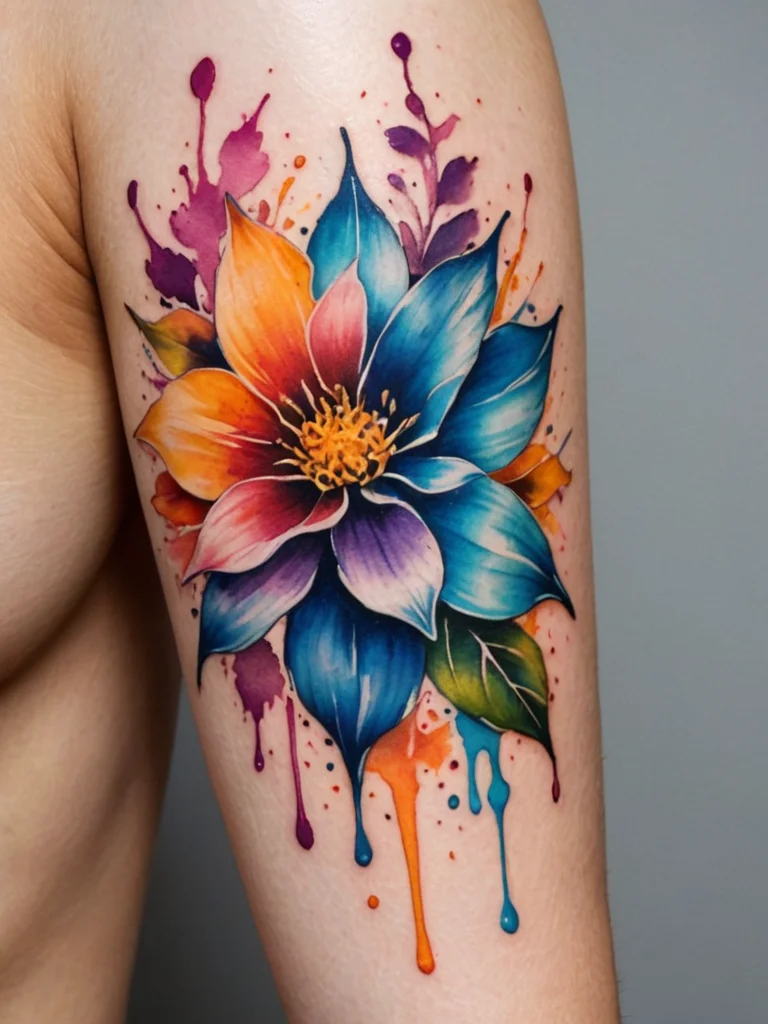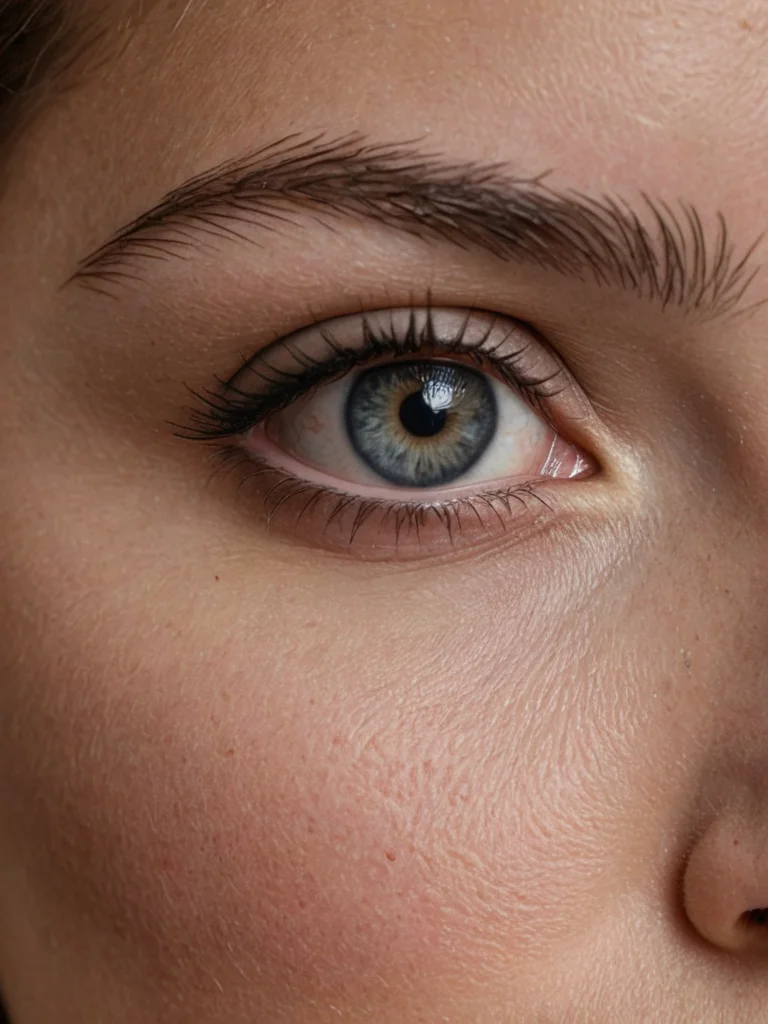The world of tattoos is a vibrant tapestry woven with diverse styles, rich history, and immense creativity. At the heart of this evolving art form are the artists themselves – the visionaries, the innovators, and the skilled craftspeople who bring our deepest desires and symbolic meanings to life on skin. For anyone considering a tattoo, or even seasoned collectors looking for their next masterpiece, understanding the landscape of influential tattoo artists is not just beneficial; it’s essential. Following the work of these masters can open your eyes to new possibilities, refine your aesthetic, and ultimately help you find the perfect artist to translate your ideas into permanent art. Tattoo artists recommend exploring the work of others as a primary source of inspiration and a way to gauge the quality and style you connect with. This journey into the realm of renowned tattooists is your guide to appreciating the artistry and making informed decisions for your own ink.
Pioneers of modern tattooing: artists who shaped the industry
The art of tattooing boasts a lineage that stretches back millennia, yet the modern tattoo as we know it today has been profoundly shaped by a handful of groundbreaking individuals. These pioneers laid the foundation for the techniques, styles, and ethical standards that contemporary artists build upon. Their work was not just about aesthetics; it was often about pushing boundaries, adapting new technologies, and popularizing tattoo culture beyond its historical niches. Understanding their contributions is key to appreciating the depth and evolution of this art form.
One of the most pivotal figures in this regard is Norman Collins, better known as Sailor Jerry. Working primarily in the mid-20th century, Sailor Jerry was an American tattoo artist who developed a distinctive style characterized by bold lines, vibrant colors, and classic imagery like anchors, swallows, pin-up girls, and nautical motifs. His work was heavily influenced by his time in the U.S. Navy and his experiences traveling the Pacific. Sailor Jerry’s tattoos were designed to be durable, to withstand the rigors of a sailor’s life, and to be visually striking even under harsh conditions. He was also a proponent of hygiene and professional practices, which were crucial in elevating the perception of tattooing. His legacy lives on not only through the countless artists who emulate his style but also through the enduring popularity of his flash designs and the brand that bears his name. Many contemporary artists still draw direct inspiration from his iconic flash sheets, which remain a testament to his skill and vision.
Another crucial name is Don Ed Hardy. While perhaps more widely recognized today for his fashion brand, Ed Hardy’s career as a tattoo artist is equally significant. He studied under Sailor Jerry and absorbed many of his mentor’s principles, but Ed Hardy also brought a fine art sensibility and a more eclectic range of influences to his work. He incorporated elements from Japanese Irezumi, traditional American tattooing, and even contemporary art movements. Ed Hardy was instrumental in bridging the gap between tattooing and the broader art world, exhibiting his work in galleries and collaborating with other artists. His efforts helped to legitimize tattooing as a serious art form, attracting a wider audience and encouraging a more artistic approach to custom tattoo design. His passion for the craft and his dedication to pushing creative boundaries have left an indelible mark on the industry, influencing generations of artists to think beyond convention.
We must also acknowledge Mildred Hull, often referred to as “Mom” Hull. Working in the mid-20th century, she was one of the few prominent female tattoo artists of her era. Operating a shop in Detroit alongside her husband, she developed a loyal clientele and a reputation for her distinct style, which often featured more delicate lines and softer color palettes compared to some of her male contemporaries. Her presence in the industry was remarkable, challenging the male-dominated nature of tattooing and demonstrating that artistic talent knows no gender. Her shop became a significant hub, and her personal artistry, though perhaps less documented than some, contributed to the diverse tapestry of early American tattooing. Recognizing artists like “Mom” Hull is vital for a comprehensive understanding of tattoo history, highlighting the often-unsung contributors who paved the way.
These pioneers, through their dedication, innovation, and sheer artistic talent, not only created enduring tattoo styles but also fundamentally changed how tattooing was perceived and practiced. Their influence is still palpable today, evident in the bold lines, vibrant colors, and artistic ambition seen in studios worldwide. For you, understanding their work offers a deep appreciation for the roots of the art you might be considering.
Masters of style: discovering artists defining today’s trends

The tattoo industry is in a constant state of evolution, with new styles emerging and established ones being reimagined. Today’s leading artists are not just skilled technicians; they are true artists who push creative boundaries, experiment with new techniques, and define the visual language of contemporary tattooing. Following these trendsetters can expose you to styles you might never have encountered and inspire you to think about your tattoo not just as an image, but as a piece of wearable art with a unique artistic signature.
In the realm of Japanese Irezumi, masters like Miyazo and Horiyoshi III stand out. Horiyoshi III, a living national treasure in Japan, is renowned for his incredibly detailed, full-body suits that meticulously follow the traditions of Japanese tattooing. His work is characterized by its masterful use of color, intricate linework, and a deep understanding of symbolic imagery drawn from Japanese folklore and history. Miyazo, also a highly respected artist, continues this legacy with his own interpretations, often incorporating personal flair and contemporary sensibilities while remaining deeply rooted in traditional techniques. These artists create breathtaking narratives across the skin, transforming the body into a canvas for epic stories and powerful symbolism. Their commitment to centuries-old methods, combined with their individual artistic vision, makes their work truly exceptional.
For those drawn to the vibrant and intricate world of color realism, artists like Nikko Hurtado and David C. Tate are exceptional examples. Nikko Hurtado is celebrated for his ability to create hyper-realistic portraits and vibrant, graphic imagery, often using bold colors and dramatic lighting that make his tattoos pop. His work is characterized by its lifelike quality and emotional depth. David C. Tate, on the other hand, often focuses on bringing a painterly quality to his realistic tattoos, utilizing subtle color blends and meticulous detail to achieve a stunningly artistic effect, particularly in portraits and floral designs. These artists demonstrate that realism on skin can be as captivating and nuanced as any fine art painting.
The popularity of blackwork and dotwork has also soared, with artists like Lars and Bang Bang (Jaehyuk Bang) becoming prominent figures. Lars, a German artist, is known for his intricate geometric patterns, ornamental designs, and cosmic motifs executed in precise black ink, often using dotwork techniques to create shading and texture. His style is deeply spiritual and mesmerizing, drawing you into complex visual labyrinths. Bang Bang, a New York-based artist who has tattooed celebrities like Rihanna and Justin Bieber, is known for his fine-line work, realism, and often abstract or symbolic black-and-grey pieces. His ability to create delicate yet impactful designs has made him one of the most sought-after artists globally. These artists showcase the power and versatility of black ink, proving that a limited palette can yield incredibly diverse and sophisticated results.
In the realm of neo-traditional tattooing, artists like Valerie Vargas and Monor (Markus Lenhard) are pushing boundaries. Valerie Vargas, based in London, creates stunning pieces that blend the boldness of traditional tattooing with intricate detail, rich color palettes, and often a feminine or ethereal aesthetic. Her work frequently features motifs like flowers, birds, and elegant portraiture. Monor, a European artist, is known for his bold linework, vibrant color saturation, and imaginative designs that often incorporate elements of fantasy, nature, and pop culture, all with a distinct neo-traditional flair. Their contributions highlight how artists can take established styles and infuse them with new life and personal vision, making them relevant and exciting for today’s collectors.
Discovering these artists and their diverse styles is an enriching experience. You might find yourself drawn to the narrative power of Japanese Irezumi, the lifelike detail of realism, the hypnotic patterns of blackwork, or the bold creativity of neo-traditional. Each artist offers a unique perspective and a mastery of their craft, providing endless inspiration for your own tattoo journey.
How to find and book your favorite tattoo artist: a practical guide

Finding the right tattoo artist is perhaps one of the most crucial steps in getting a tattoo you’ll love for a lifetime. It’s not just about choosing a style; it’s about finding someone whose artistic vision aligns with yours, who communicates effectively, and who adheres to the highest standards of hygiene and professionalism. Tattoo artists often advise clients to do thorough research, as a tattoo is a permanent commitment, and the artist’s skill is paramount.
The first step is to identify the style you are interested in. Are you drawn to the bold lines and traditional imagery of American traditional? Do you prefer the intricate detail of Japanese Irezumi, the photorealism of portraiture, or the clean lines of geometric designs? Once you have a clearer idea of your preferred style, you can begin searching for artists who specialize in it. Platforms like Instagram are invaluable resources for this. Most professional tattoo artists maintain active profiles where they showcase their portfolio, post healed tattoo pictures, and announce booking information. Look for hashtags related to your desired style (e.g., #realismtattoo, #traditionaltattoo, #japanesetattoo) and explore accounts that consistently produce work you admire.
Beyond Instagram, reputable tattoo studios often have their own websites featuring their resident artists and their portfolios. Visiting these websites can give you a broader overview of the talent available. Look for artists whose work demonstrates consistency in quality, clean lines, smooth shading, and vibrant color packing (if applicable). Pay attention to healed tattoo photos, as fresh tattoos can sometimes look different once they have settled into the skin. A good artist will often showcase both fresh and healed work.
Once you have identified a few potential artists, the next step is to understand their booking process. This can vary significantly. Some artists open their books for a limited time each month or quarter, while others operate on a waiting list system. Many require a consultation, either in person or via email, to discuss your ideas, placement, size, and complexity. Be prepared to provide clear references, inspiration images, and a detailed description of what you envision. Remember that artists often have their own unique style, so while they can incorporate your ideas, they will likely interpret them through their artistic lens. Be open to their professional suggestions; they know what works best on skin.
When you inquire about booking, be sure to ask about pricing, deposits, and cancellation policies. Professional artists typically charge by the hour or by the piece, and a deposit is almost always required to secure your appointment. This deposit is usually non-refundable and will be applied to the final cost of the tattoo. It’s also wise to inquire about the artist’s experience with the specific subject matter or style you’re interested in. Don’t hesitate to ask about their sterilization procedures and commitment to safety; this is non-negotiable. Reputable artists and studios will be transparent about their hygiene practices, which should include using new needles for each client, autoclaving equipment, and maintaining a clean working environment.
Finally, trust your intuition. When you connect with an artist, feel confident in their ability to execute your vision, and feel comfortable with their communication style and professionalism, you’re likely on the right track. The relationship between you and your tattoo artist is a collaborative one, built on mutual respect and clear communication. Taking the time to find the right fit is an investment in a piece of art that you will carry with you always.
Conclusion: inspiring your next tattoo with legendary talent

The world of tattoo artistry is vast and continually expanding, populated by an incredible array of talented individuals who have dedicated their lives to mastering their craft. From the bold foundations laid by pioneers like Sailor Jerry and Don Ed Hardy to the innovative styles defined by contemporary masters across realism, Japanese Irezumi, blackwork, and neo-traditional, there is a universe of inspiration waiting for you. By familiarizing yourself with the work of these influential artists, you not only gain a deeper appreciation for the art form but also equip yourself with the knowledge to make informed decisions about your own tattoo journey.
Remember that following artists whose work resonates with you is a powerful way to refine your aesthetic and discover new possibilities. Whether you are drawn to the storytelling inherent in traditional Japanese motifs, the lifelike accuracy of realism, the intricate beauty of geometric patterns, or the bold statements of neo-traditional designs, there is an artist out there whose skill and vision can bring your ideas to life. Use their portfolios as a guide, understand their unique approaches, and let their creativity spark your imagination.
Your tattoo is a deeply personal expression, a piece of art that tells a story, signifies a memory, or embodies a belief. Entrusting this permanent creation to a skilled and passionate artist is paramount. Take the time to research, to connect with artists whose style speaks to you, and to engage in clear communication about your vision. The journey of finding the right artist is as significant as the tattoo itself, often leading to a collaboration that results in a truly meaningful and beautiful piece of art.
The legendary talent you discover today can be the inspiration for your next unforgettable tattoo. Embrace the process, celebrate the artistry, and may your ink journey be filled with creativity and lasting beauty.